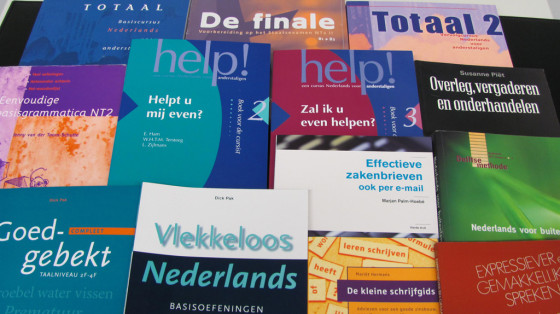Dutch is full of ‘historical junk’, says language expert
 The Dutch language contains many useless elements, making it laborious and complicated to use, according to research by linguist Sterre Leufkens in Friday’s Volkskrant.
The Dutch language contains many useless elements, making it laborious and complicated to use, according to research by linguist Sterre Leufkens in Friday’s Volkskrant.
She compared Dutch to 21 non-European languages, including Bantawa, Samoan and Egyptian Arabic, and examined them all for unnecessary grammatical elements and rules.
Dutch – the only Indo-European language in the survey – is complicated and long-winded, Leufkens concludes.
Take, for example, the difference between ‘de’ and ‘het’, both of which mean ‘the’ in English. When the Dutch language began to be used in South Africa, that difference was soon replaced by ‘die’, the Volkskrant points out.
Snow
The ‘het’ in ‘het sneeuwt’ is an example of an empty element in a language which adds nothing, Leufkens says. A clearer way of saying ‘it is snowing’ would be to say ‘sneeuw valt’, she says.
Constructions such as ‘er loopt een hond door de straat’ (literally – there walks a dog through the street) are also inefficient, she says. This could be replaced by the simpler ‘een hond loopt door de straat.’
Other pointless elements in Dutch grammar include the multiple forms for verbs – hij loopt and wij lopen – and dual plurals like ‘ziektes’ and ‘ziekten’. There are also three different ways of combining words to create new ones.
Leufkens suggests Dutch could have become so full of ‘historical junk’ because so few people have used Dutch as a second language. If a language is adopted en masse by people a more simplified version will emerge, the Volkskrant quotes her as saying.
Thank you for donating to DutchNews.nl.
We could not provide the Dutch News service, and keep it free of charge, without the generous support of our readers. Your donations allow us to report on issues you tell us matter, and provide you with a summary of the most important Dutch news each day.
Make a donation